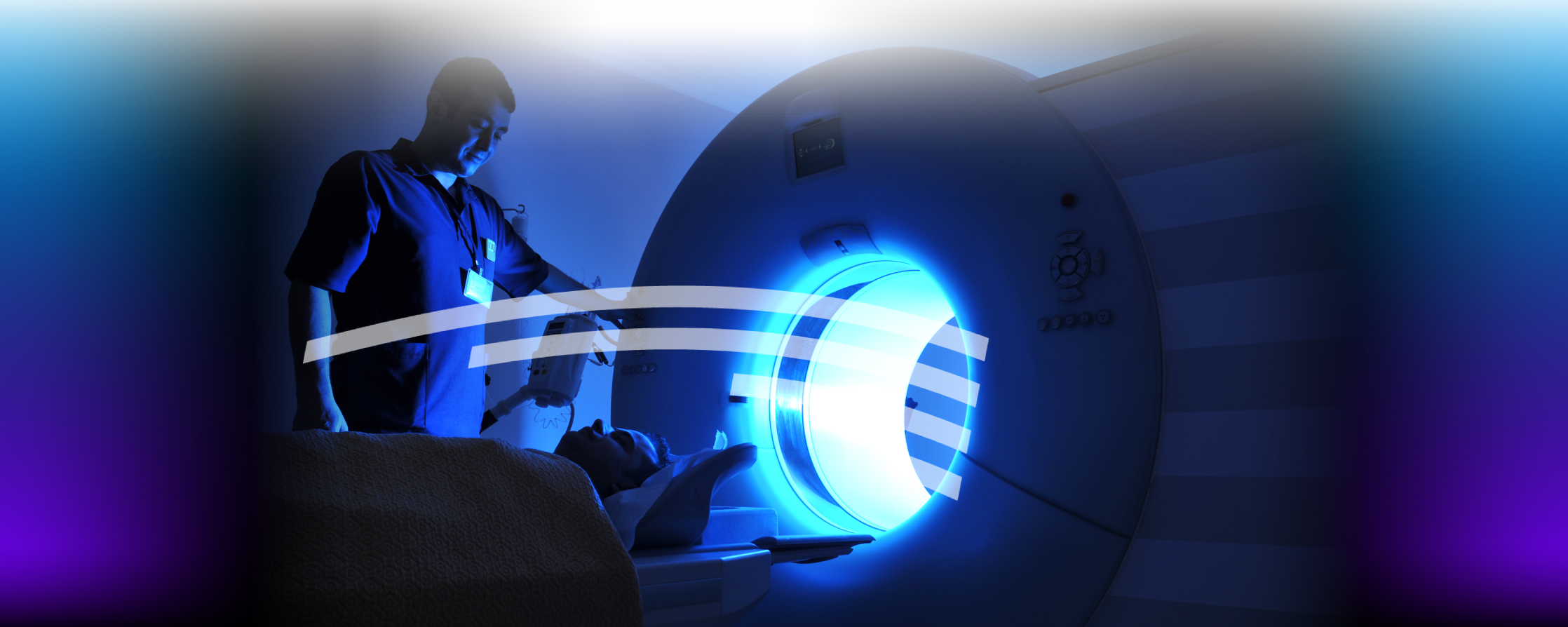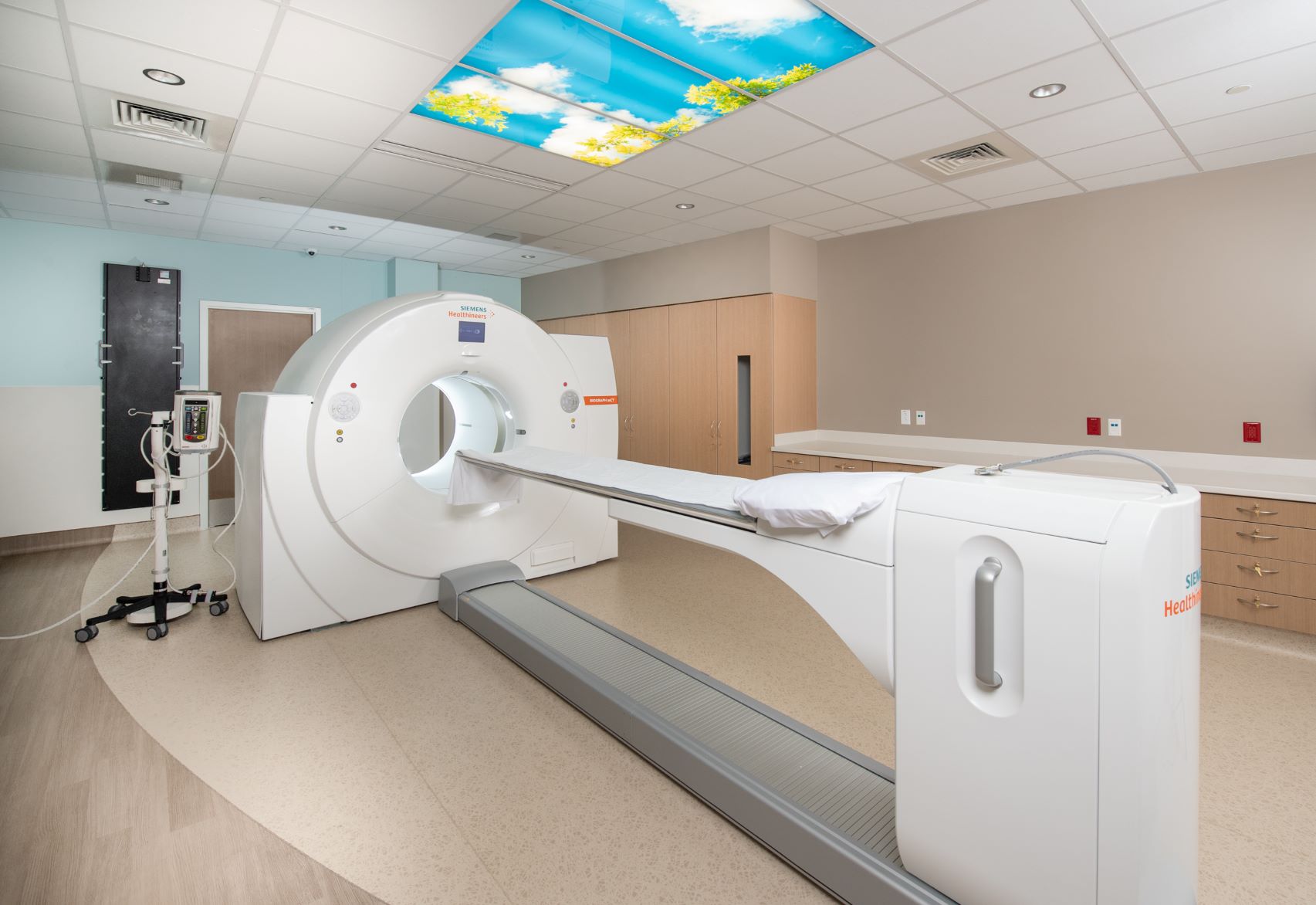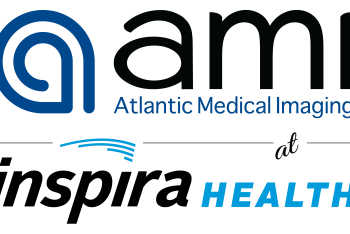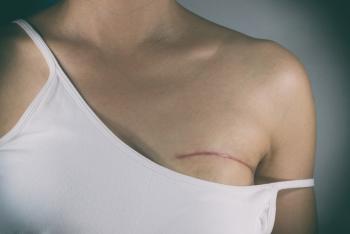Diverse participation in clinical trials can advance medical research and improve community health...
Read More
PET and CT scans each have benefits and limitations when it comes to creating digital images, but combining the two scans gives your physician a clearer view of what’s going on with your body. Our experienced imaging technologists and radiologists can perform PET and CT scans at our imaging locations, including one of our outpatient AMI at Inspira facilities.
A positron emission tomography (PET) scan is a type of nuclear medicine test that can identify changes at a cellular level to catch disease early. A computerized tomography (CT) scan uses X-rays and a computer to make a 3D rendering of the examined area. In combination, PET/CT scans are a powerful tool that physicians can use to detect cancer, determine if cancer has spread within the body, assess the effectiveness of treatment, evaluate prognosis and map heart and brain function.
PET scans detect abnormalities in vital organ function using a radioactive sugar called FDG that is injected into a vein. CT scans use multiple X-ray images to create a clearer picture of the body than regular X-rays alone.
PET/CT scans help patients avoid unnecessary invasive tests by giving physicians a high-quality image of the location, size and shape of the abnormalities in your body. Together, these tests can be used to diagnose and manage your condition with greater accuracy.

You will receive specific instructions from your provider about preparing for a PET/CT scan, depending on what part of your body is being examined. As with other imaging procedures, you may be asked to fast or not drink anything right before your appointment. You also will need to take off any metal you are wearing, such as jewelry or glasses. Be sure to let your technologist know if you’re pregnant or breastfeeding at the time of your scan.
Before your PET/CT scan, a nurse or technologist will inject the PET radiotracer into your bloodstream. The radiotracer takes 30 to 60 minutes to travel through your body, during which you will be asked to lay still and relax. You may also need to drink a contrast material, depending on what your physician is looking for.
Once you’re ready for imaging, you’ll be moved to the PET/CT scanner—a large cylindrical machine with a tunnel in the center. The CT scan is generally conducted first, followed by the PET scan. The PET/CT scan usually takes about 30 minutes total to complete.
Not usually, but you may find laying still for an extended period of time uncomfortable. There may also be some slight discomfort when injected with the PET radiotracer, but this will quickly subside.
There are no long-term effects from a one-time low dose of radiation. Allergic reactions or adverse effects to the PET radiotracer are also rare. You may be more at risk for adverse effects of radiation if you’re pregnant or breastfeeding, so it’s important to share this information with your technologist before a PET/CT scan is performed.
Our state-of-the-art imaging technology and specialty trained, board certified radiologists can be found at all nine locations throughout South Jersey.

Diverse participation in clinical trials can advance medical research and improve community health...
Read More
Atlantic Medical Imaging (AMI), Inspira Health and Regional Diagnostic Imaging (RDI) are proud to...
Read More
If you have had lymph node surgery, especially as a treatment for breast cancer, you may be at risk...
Read More